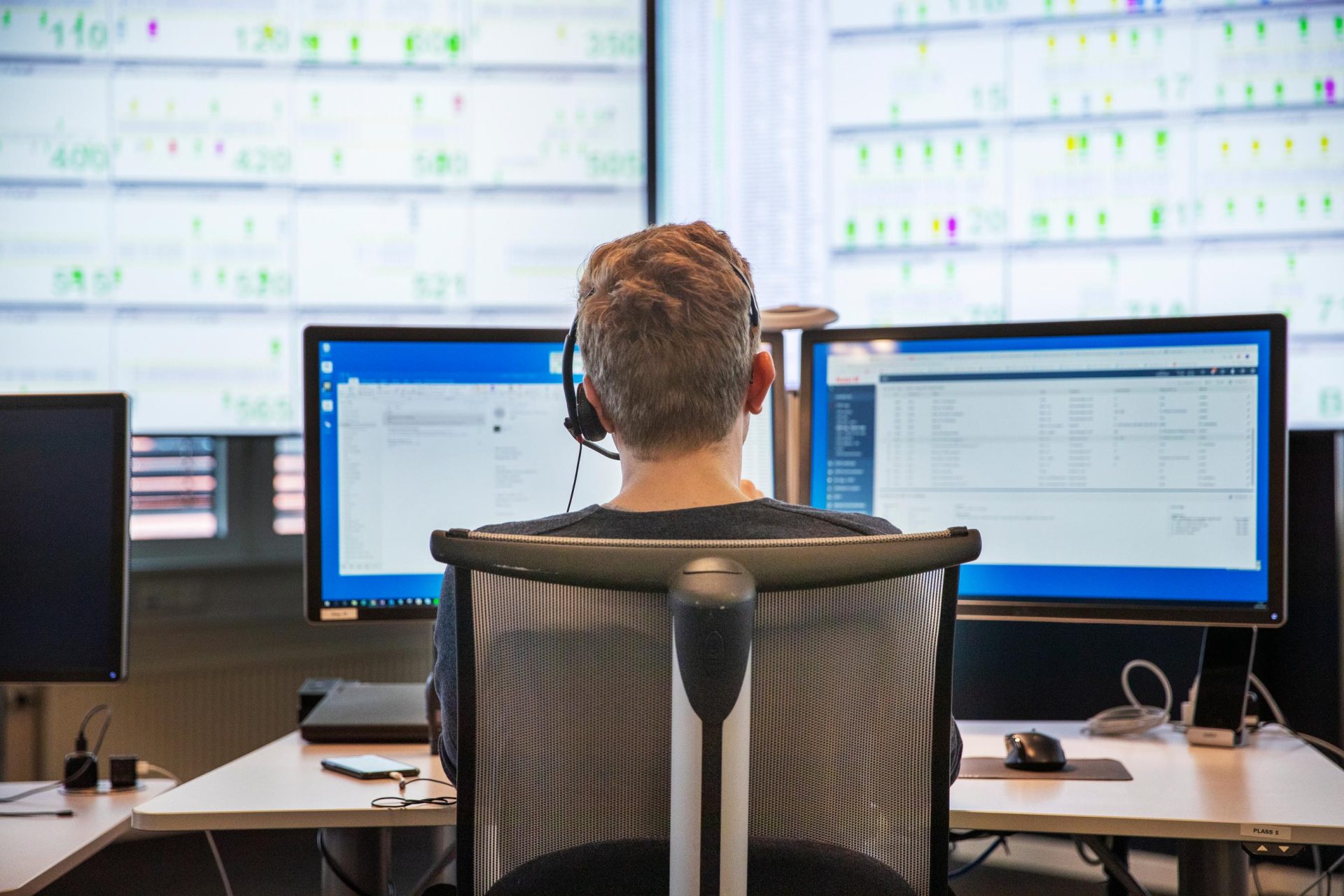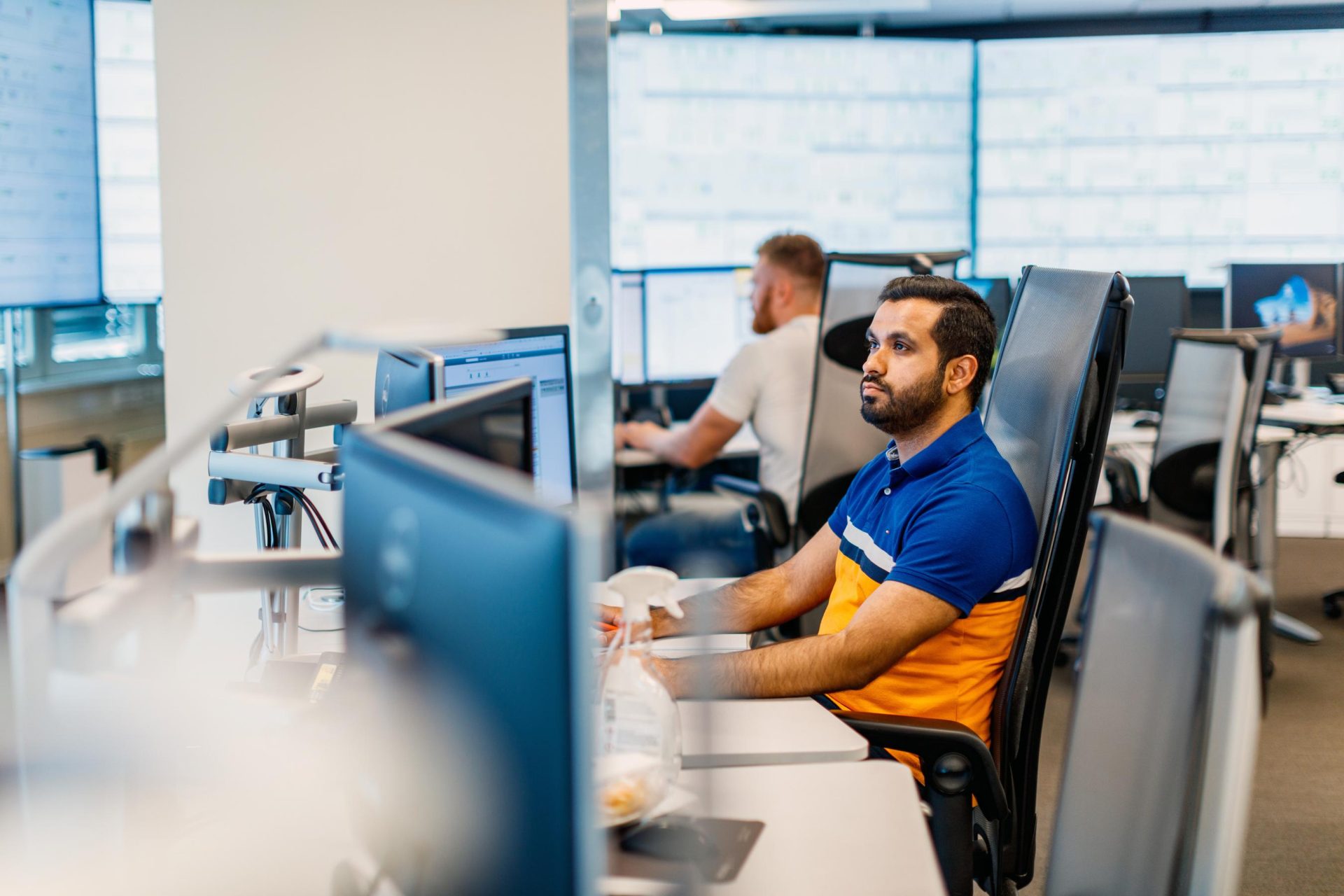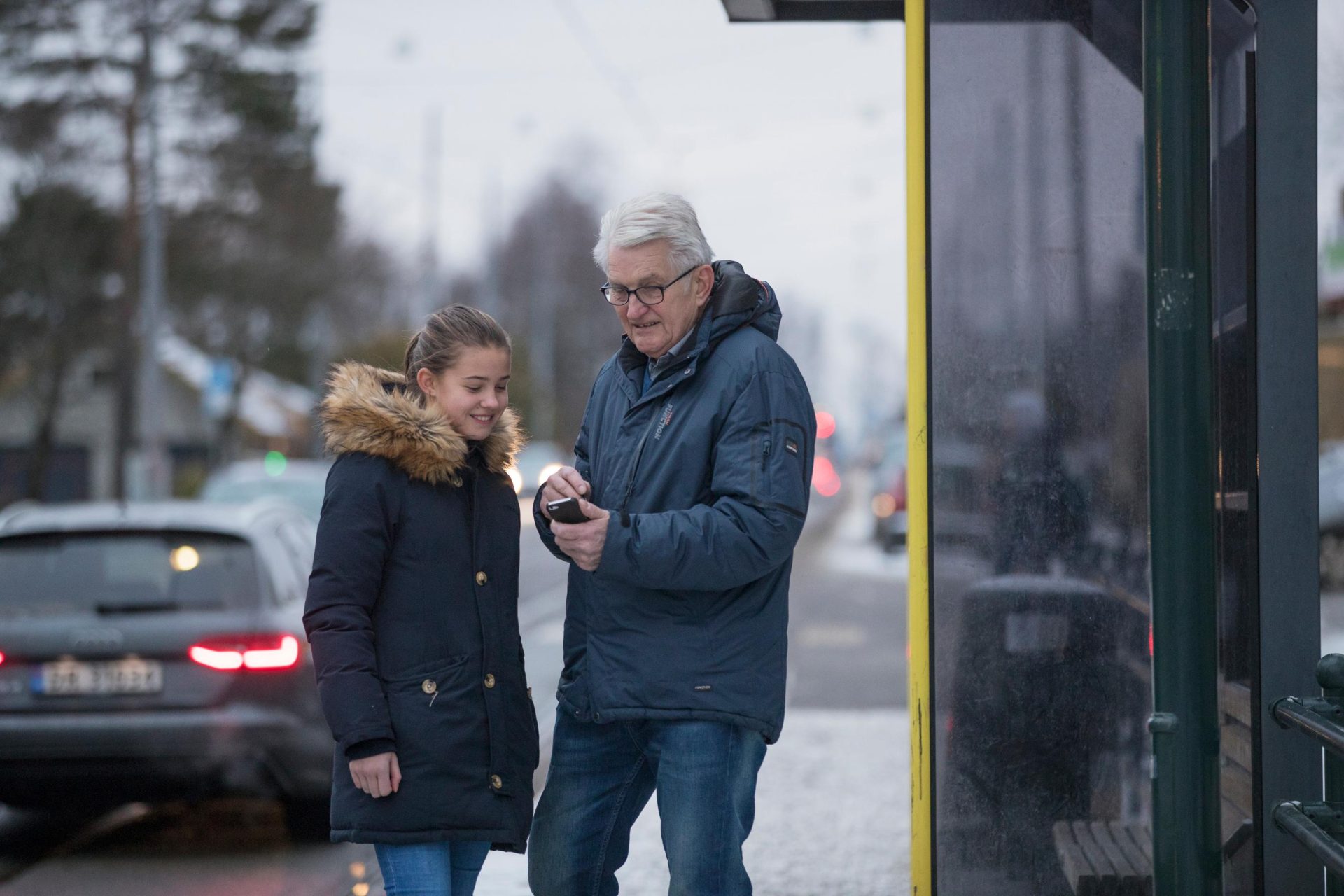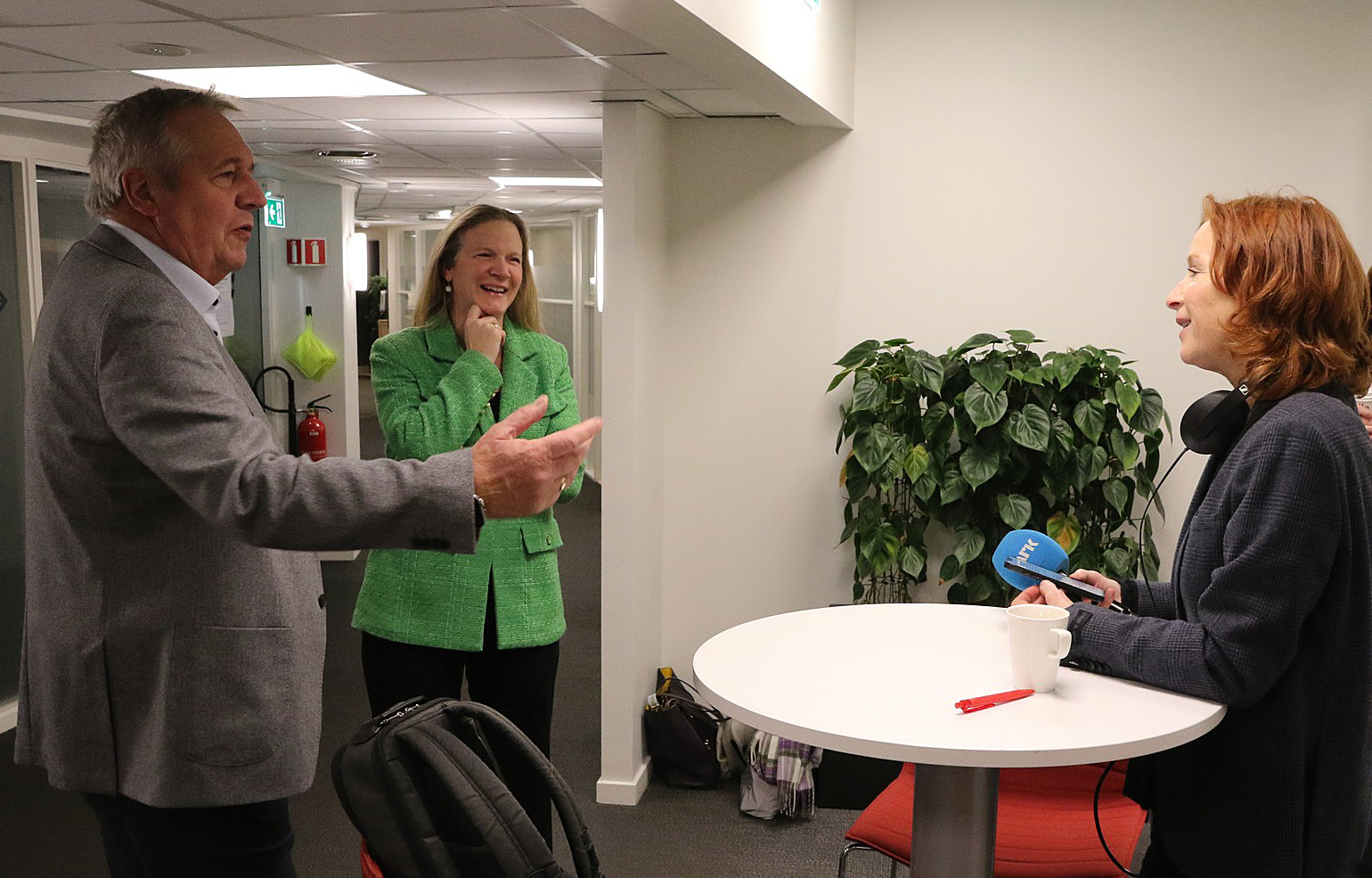If you’ve heard us give a presentation or appear in a podcast in 2023, chances are you’ve heard us talk about data. How the countless gadgets around us continuously pick up information from their surroundings, the enormous volumes of data they produce together – and the opportunities that open up for those who can acquire data, analyze the patterns in them, and utilize the insights.
This development affects all sectors. Not least the way companies and public actors, through new knowledge, can adapt their products and services to the end user’s needs. Public transport is also being transformed by data.
- Today, data streams can enable you to track the real-time location of a tram, give you an estimate of how crowded the subway will be at a given time, and tell you how many electric scooters are currently available at the stop where you’re getting off.
- In the years to come, public transport services could be expanded with transport services that come and pick you up where you are, and vehicles that can drive themselves. The positioning and route selection of the vehicles will be based on data and will be continuously re-planned in real-time to ensure that the vehicle chooses the most efficient route even when new bookings come in. Your digital interaction with public transport will become even more intuitive and effortless than today.
- In the transport system of the future, all vehicles and infrastructure will be digitally connected and coordinated to utilize the transport capacity in the system even more efficiently and safely than today. If you want, Ruter, with the help of artificial intelligence, can closely follow you in your daily life and facilitate the everyday logistics for your entire household, in the form of both planning and execution of transport. No one needs to own their own car anymore; public transport has an efficient and attractive travel solution for you no matter where or when you want to go.



